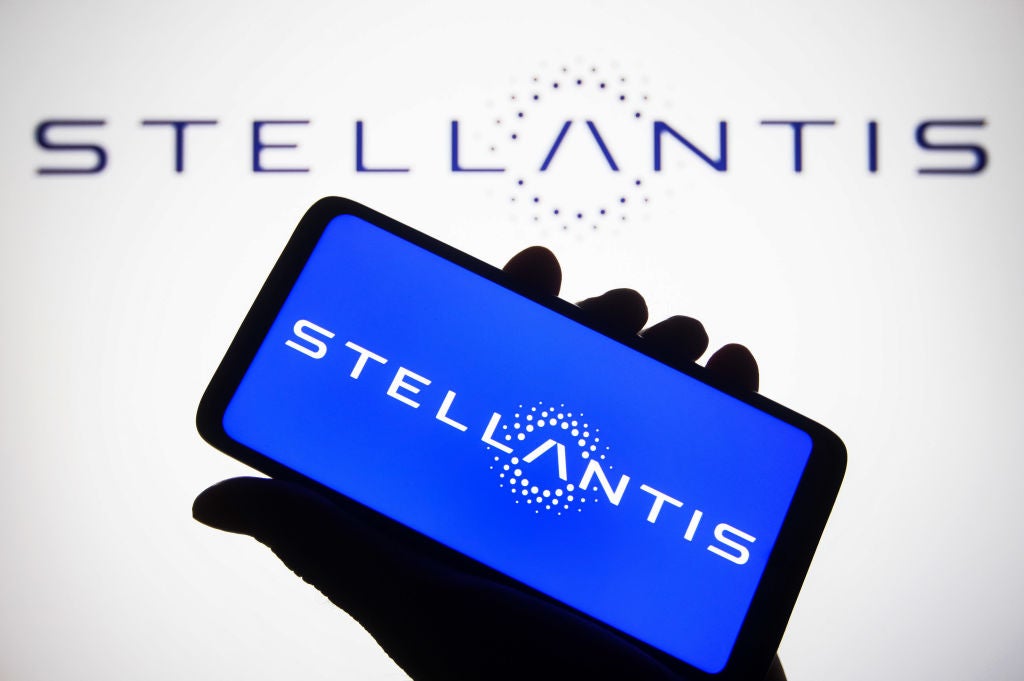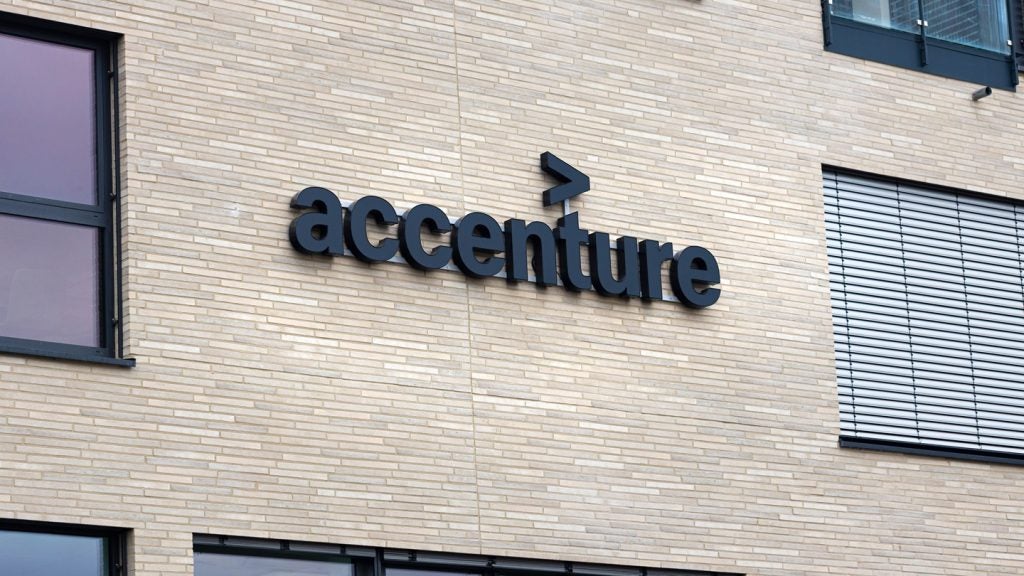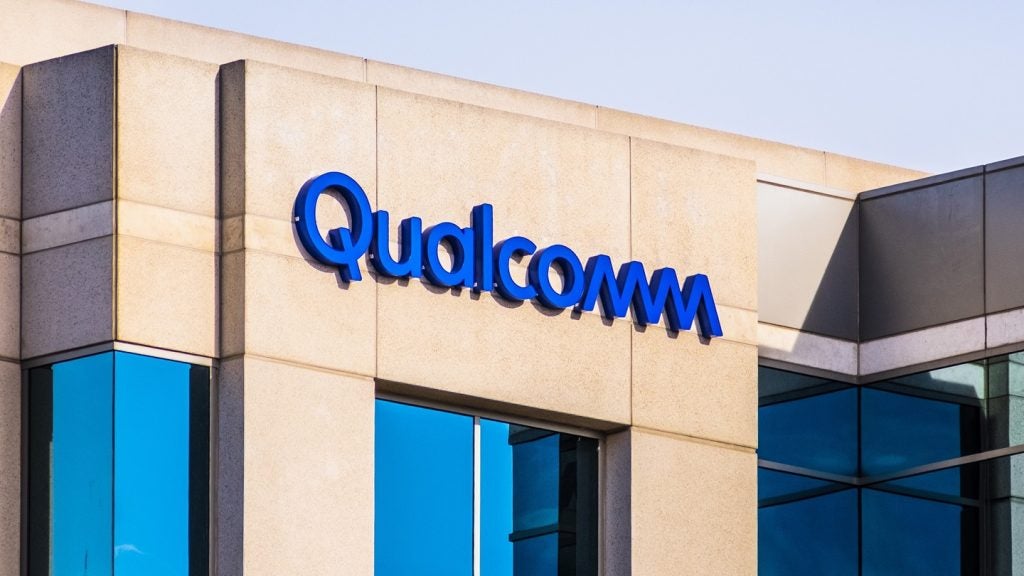
Automotive manufacturer Stellantis announced it will acquire a stake in optical radar company SteerLight on Wednesday (20 March).
The move comes as the European car maker looks to secure access to sensors needed for autonomous driving.

Access deeper industry intelligence
Experience unmatched clarity with a single platform that combines unique data, AI, and human expertise.
Autonomous vehicles (AVs) need a range of sensors, computer processors, and other components to operate.
Stellantis said the acquisition would help speed up the development of components for its future electric car fleet and diversify its light detection and ranging supply, known as lidar.
Stellantis, the producer of Citroen, Fiat and Peugeot vehicles, did not disclose the amount it invested in SteerLight.
French startup SteerLight claims its lidar solutions are less expensive to manufacture than others on the market.

US Tariffs are shifting - will you react or anticipate?
Don’t let policy changes catch you off guard. Stay proactive with real-time data and expert analysis.
By GlobalDataStellantis said in a statement that SteerLight’s system is “robust and compact, maximising flexibility for vehicle engineers.”
“It overcomes challenges of today’s Lidar technology for vehicles – component size and high cost,” the company said.
The advancement of AVs has slowed down
GlobalData’s Thematic Research: Autonomous Vehicles (2023) report states that the path to Level 4 AVs and above “is likely to be slow”.
Level 4 autonomy is defined as AVs that can move automatically without the driver having to keep their eyes on the road.
Level 5 autonomy relates to self-driving cars that do not require human interaction—meaning that when they’re eventually deployed, they won’t have steering wheels or pedals.
“The early hype in expectations, a period that went from approximately 2015 to 2020, has given way to far more realistic positioning as the wide range of challenges to full commercial deployment becomes clearer,” it added.
Autonomous systems are extremely costly to create and incorporate into vehicles.
“The reality is that, when autonomous systems become available on a commercial level, they are likely to be costly,” according to the report.







